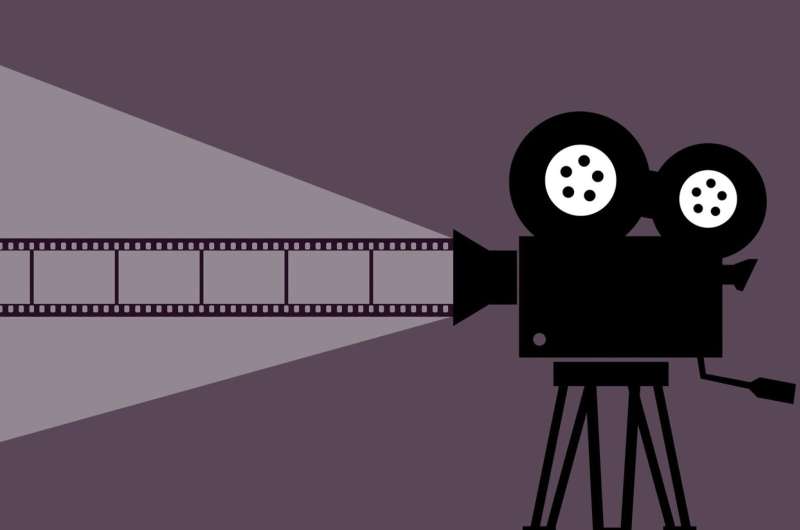In a new linguistic analysis, reviews of movies with female-dominated casts were found to have significantly higher levels of sexism than reviews of movies with male-dominated casts. Researchers Jad Doughman and Wael Khreich of the American University of Beirut, Lebanon, present these findings in PLOS One.
Prior research suggests that negative movie reviews can affect actors’ finances, career paths, and mental well-being, while also influencing the broader media landscape. However, studies of gender bias in reviews have traditionally relied on movie ratings or box-office earnings, without considering the words used by reviewers.
To address that gap, Doughman and colleagues combined the Movie Review Data dataset containing 17,165 film review transcripts with metadata from the Open Movie Database on the films’ first actors, first writers, and first directors. Then, they used a previously validated AI-powered gender bias detection system to detect gender bias in the reviews.
Their analysis distinguished between well-established forms of gender bias, including “benevolent” sexism, which reinforces idealized or patronizing stereotypes of men as dominant and women as needing help, and “hostile” sexism, which is expressed with negativity and aggression.
On average, reviews of movies with female-dominated casts were found to have a 149% higher magnitude of hostile sexism and a 44% higher magnitude of benevolent sexism than reviews of movies with male-dominated casts. Benevolent sexism in reviews was found to be highest for movies in the genres of Family and Music, while hostile sexism in reviews was found to be highest for Romance movies. Compared to their male counterparts, female first actors, directors, and writers were found to receive greater degrees of both benevolent and hostile sexist criticism.
The analysis also underscored the industry’s representation bias: 72% of the first actors, 91% of the first directors, and 86% of the first writers were male.
These findings suggest that critics may judge films differently depending on the genders of those involved. Thus, the researchers suggest, critics could play a key role in promoting a more equitable and unbiased film industry. Future research could address this study’s limitations, including its primary focus on films and reviews from Western studios and critics by including more data from non-Western sources. In addition, this study relied on name-based predictions of gender, which did not recognize non-binary or gender-diverse identities.
The authors add, “Our AI-driven analysis of 17,000 professional film reviews reveals that movies with female-dominated casts receive up to 149% more hostile sexism and 44% more benevolent sexism in their reviews compared to male-dominated films. This systematic bias, combined with severe underrepresentation—only 28% of lead actors, 9% of directors, and 14% of writers are female—creates significant barriers to women’s advancement in the film industry, impacting both their earnings and well-being.”
More information:
Beyond the spotlight: Unveiling the gender bias curtain in movie reviews, PLOS One (2025). DOI: 10.1371/journal.pone.0316093. journals.plos.org/plosone/arti … journal.pone.0316093
Provided by
Public Library of Science
Citation:
Linguistic study finds movies with female-dominated casts contain more sexist language (2025, January 29)
retrieved 29 January 2025
from https://phys.org/news/2025-01-linguistic-movies-female-dominated-sexist.html
This document is subject to copyright. Apart from any fair dealing for the purpose of private study or research, no
part may be reproduced without the written permission. The content is provided for information purposes only.

